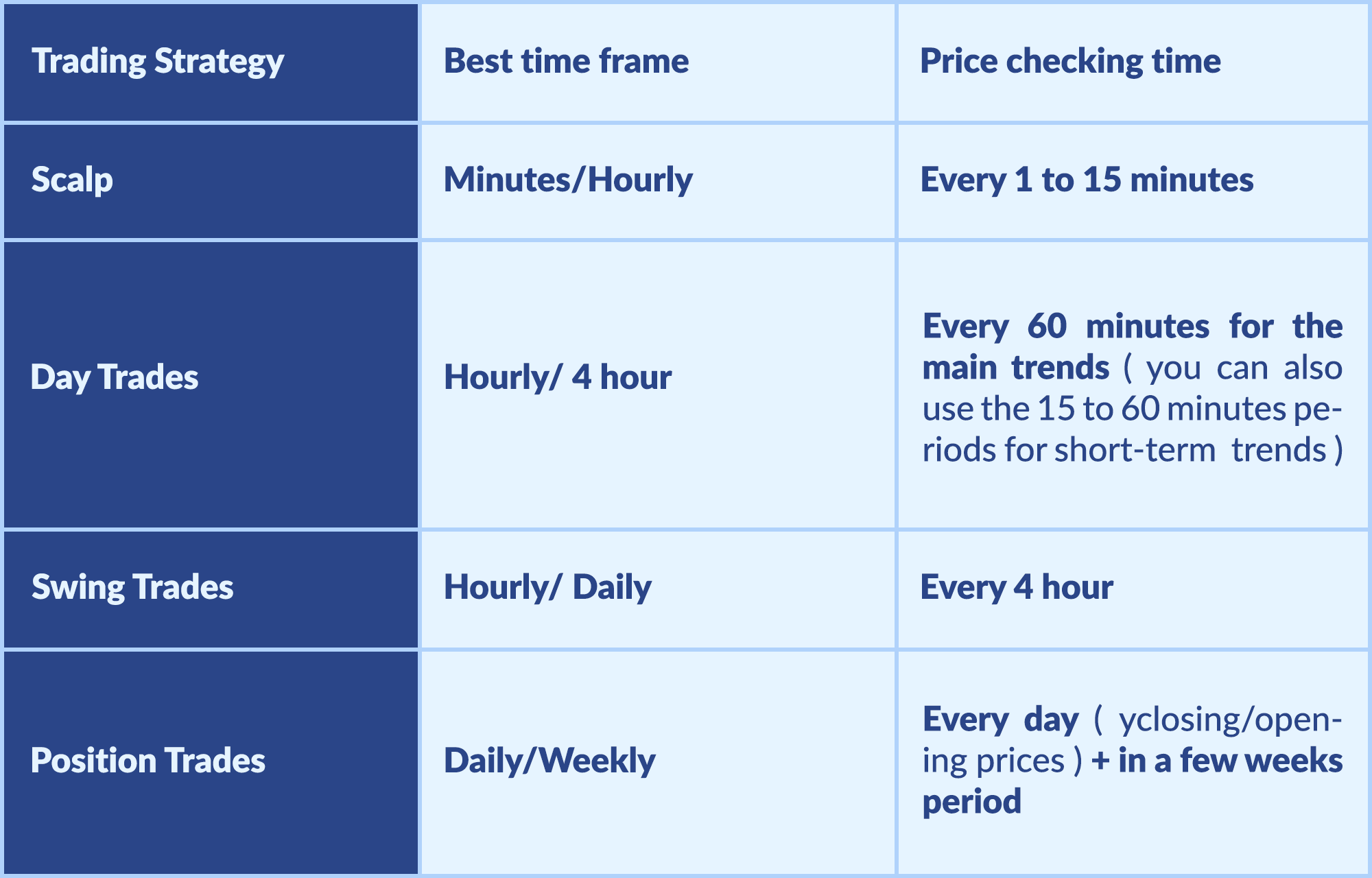A Temporal Odyssey into the Options Market
Navigating the ever-turbulent waters of options trading demands a keen eye for the most opportune moments. The choice of timeframe – the duration over which you hold an options contract – plays a pivotal role in determining your fortunes. Join us on a comprehensive journey as we delve into the intricacies of selecting the optimal timeframe for your trading strategy.

Image: tradethatswing.com
The Significance of Time Frames
Time frames serve as the scaffolding upon which your trading strategies are built. They dictate the sensitivity of your positions to market fluctuations, influencing everything from profit potential to risk exposure. Whether you prefer the rapid-fire pace of short-term trades or the steadier rhythms of long-term investments, understanding the nuances of each timeframe is essential for success.
Trading Horizons: Unveiling the Time Spectrum
The options market presents a kaleidoscope of time frames, each with its unique characteristics and complexities. From the lightning-fast intraday trades to the patient long-term holds, the choice is yours:
- Scalping (1-5 minutes): The adrenaline-pumping realm of scalping involves multiple trades within a single day, capturing fleeting market movements.
- Day Trading (1-60 minutes): Day traders seek profits within a single trading session, entering and exiting positions during market hours.
- Swing Trading (1-5 days): Swing traders hold positions for several days to weeks, capturing price swings with slightly longer time frames.
- Position Trading (6-52 weeks): Position traders adopt a more patient approach, maintaining holdings for weeks, months, or even years.
- Long-Term Investing (52+ weeks): Long-term investors focus on the horizon, holding options with expirations exceeding one year.
Matching Your Timeframe to Your Strategy: A Balancing Act
Finding the perfect timeframe is a delicate balance between your investment goals, risk tolerance, and time availability. Here are some guidelines to help you navigate the decision-making process:
Short Time Frames (Scalping, Day Trading, Swing Trading):
- Higher potential for frequent profits but also greater risk.
- Requires constant market monitoring and rapid decision-making.
- Suitable for traders with ample time and a high risk appetite.
Long Time Frames (Position Trading, Long-Term Investing):
- Lower profit potential but also reduced risk.
- Requires less active management and allows for longer-term planning.
- Suitable for investors with limited time, lower risk tolerance, or a focus on capital preservation.

Image: fxtrendo.com
Analyzing Time Frames: A Statistical Approach
Seasoned options traders employ technical analysis to determine the most lucrative time frames for their strategies. By studying historical data, they pinpoint time frames that consistently exhibit favorable returns. Statistical techniques, such as applying the Sharpe ratio or Kelly criterion, can provide quantitative insights into the performance of different time frames.
Time Frames and Market Conditions
The optimal timeframe can also be influenced by the prevailing market conditions. In bull markets, shorter time frames tend to produce higher returns, as prices rise steadily. Conversely, during bear markets or periods of high volatility, longer time frames offer better protection against sharp downturns.
Best Time Frame For Options Trading
Conclusion: A Time-Honored Art
Choosing the best time frame for options trading is a multifaceted art, blending strategy, risk tolerance, and market conditions. Armed with the knowledge imparted in this article, you can navigate the temporal dimensions of the options market with greater confidence and clarity.
Are you ready to embark on your own options trading journey? Engage with us, ask questions, and let us guide you towards maximizing your trading potential.






